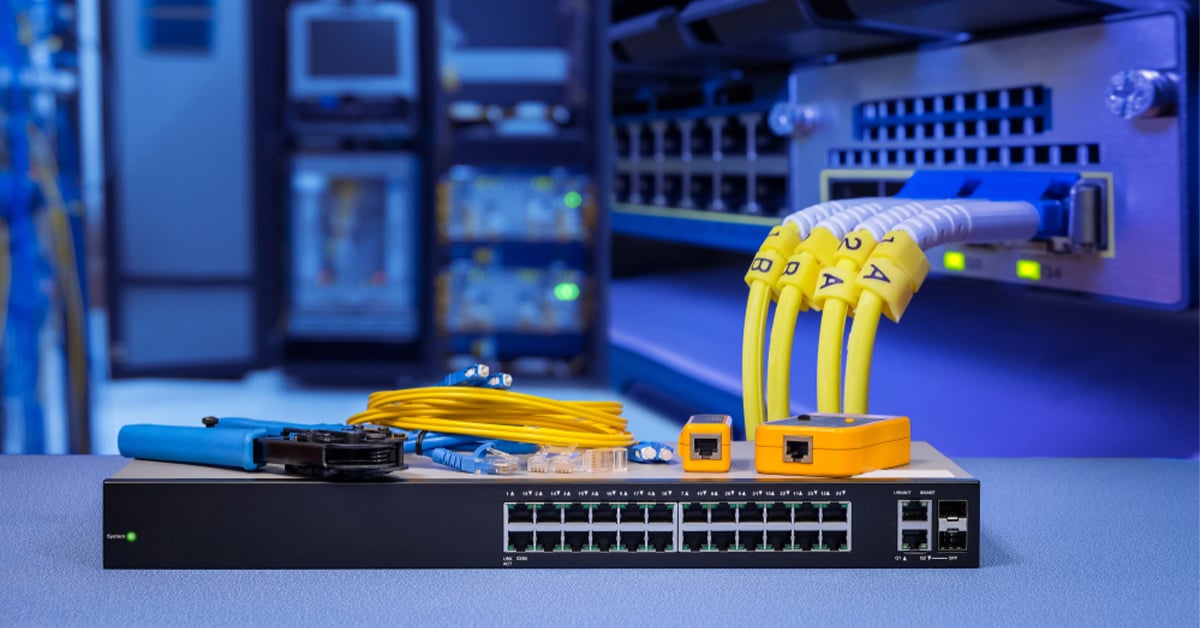Now that working from home and dispersed workforces have become the new norm, connecting employees’ or company-issued smartphones to the enterprise IP PBX offers several advantages, including the ability to reach employees via their direct inward dial (DID) landline numbers, even though they are physically off-premise.
The technology that enables this is called VoIP over cellular data networks. In this article we detail how to enable it, the advantages of doing so and some potential issues to watch out for.
Read More
Topics:
OTT VOIP,
IP PBX,
Business Telephone System,
VoIP,
Mobility (including remote work),
Mobile,
Wi-Fi,
Unified Communications
When researching options for upgrading your telephony network or installing one from scratch, you may have come across FreeSWITCH. This is a freely available open-source application server for real-time voice communications of various types, including voice over IP (VoIP). In this article we examine FreeSWITCH to help you determine if it is right for you, and how it compares with Asterisk.
Read More
Topics:
IP PBX,
Business Telephone System,
VoIP,
Unified Communications,
Protocols & codecs
If you have been involved with telephony within the last decade, you will have heard of Asterisk as an open-source alternative to proprietary traditional and IP PBXs. If you’re considering Asterisk as a solution for your business, this article may be useful, as it will clarify what Asterisk is, how it can be implemented, and what kind of support you will need to ensure its viability as a solution.
Read More
Topics:
IP PBX,
VoIP,
Unified Communications,
Protocols & codecs
As we celebrate Shark Week this week, we are reminded of the proverbial sharks faced by network engineers in the form of security breaches and technical issues. TeleDynamics has created a collection of resources to help you troubleshoot audio problems, secure your network, protect your telephone system from hackers, analyze voice packets, and more. In this article, we offer a compilation of some of our most popular resources, so you’ll have them handy. For each listing below, click on the blue heading to read the full article.
Read More
Topics:
Business Telephone System,
VoIP,
Network Security,
Troubleshooting
One of the most groundbreaking advantages of voice over IP technology is that, with the proper configurations, it is possible to install a voice endpoint anywhere in the world, as long as internet connectivity is available. But what happens if it is unavailable? For such cases, satellite access technology is quickly becoming an economically and technically viable solution.
Employing VoIP services over a satellite link can sometimes be challenging, due to the unique idiosyncrasies of the technology. In this article, we examine satellite internet links and how you can optimize VoIP implementation over satellite.
Read More
Topics:
VoIP,
WAN Technology
Telephony solutions come in all shapes and sizes and can be customized to suit the specific needs of each individual business. But with so many choices, it can be confusing for customers to distinguish between the various options available. This is no less the case when it comes to choosing a VoIP service.
Read More
Topics:
VoIP,
SIP,
Network Design,
Cloud,
WAN Technology
Jitter is one of the most common causes of substandard voice communications over IP networks. This article provides an overview of jitter and how it influences voice applications, as well as methods for resolving it on your networks.
Read More
Topics:
QoS,
VoIP,
Troubleshooting,
Network Design,
Unified Communications
Wouldn’t it be great to have superhero X-ray vision that allows you to understand, in a single glance, what is going on with the voice traffic on your network? In fact, it is possible to do so using the Simple Network Management Protocol (SNMP). In this article, we take a look at this protocol and highlight the special features it has up its sleeve to help you with your VoIP monitoring needs.
Read More
Topics:
QoS,
VoIP,
Troubleshooting,
Protocols & codecs
One of the best methods for troubleshooting problems on the network to pinpoint the cause of poor voice quality or a disruption of VoIP services is to capture voice packets in real time and store them so we can analyze them later. When people call TeleDynamics tech support, we sometimes ask them to show us their packet capture files so we can help identify the issue. In this article, we examine practical methods for capturing voice packets at various locations within the network.
Read More
Topics:
VoIP,
Troubleshooting
Couldn't make ITEXPO in Ft. Lauderdale last week? Here's a recap.
This year at ITEXPO we saw a number of new events and happenings. There was a good attendee and exhibitor turnout, despite the fact that all of the Chinese factories and representatives were unable to attend due to the coronavirus. Nonetheless, the products and services from these manufacturers were on full display. The attendees expected nothing less from the #TECHSUPERSHOW!
Read More
Topics:
VoIP,
Trends,
Network Security,
Events,
SD-WAN,
IoT,
Unified Communications






.jpg)






_1200x627.jpg)



